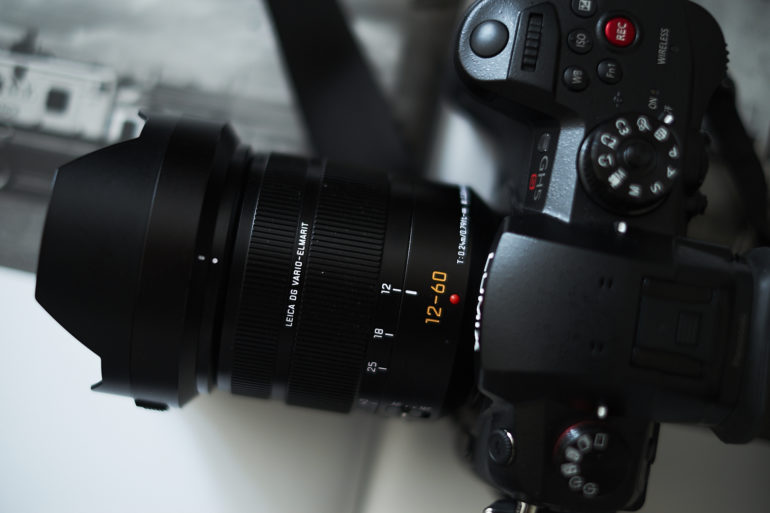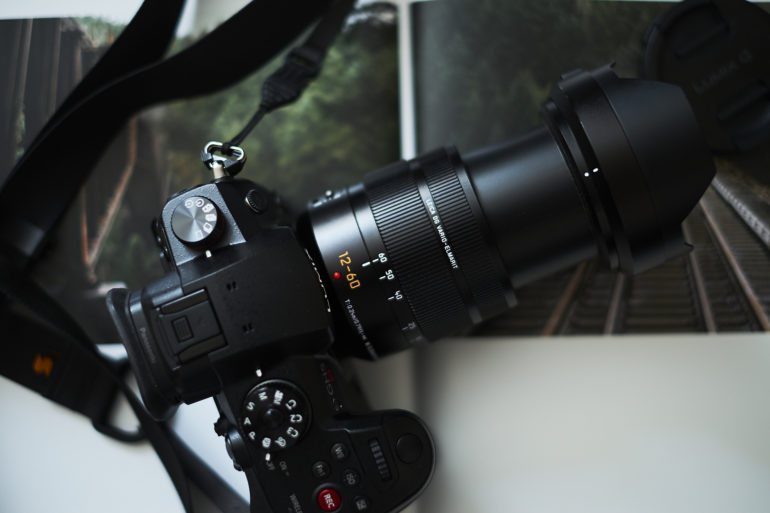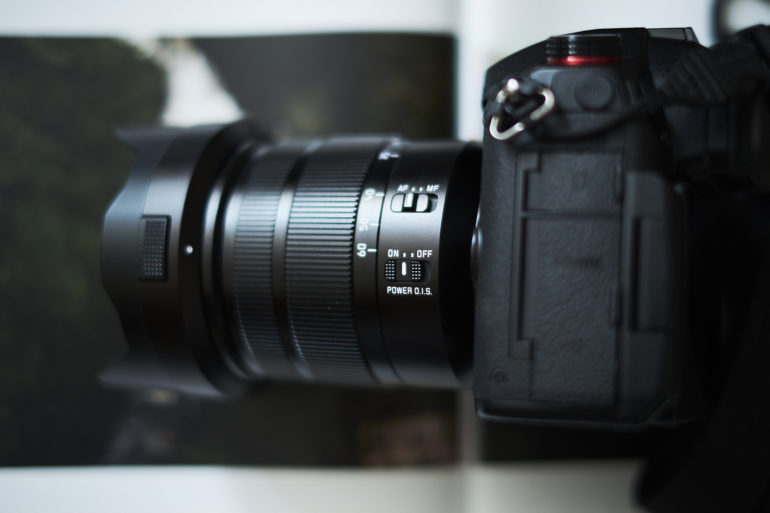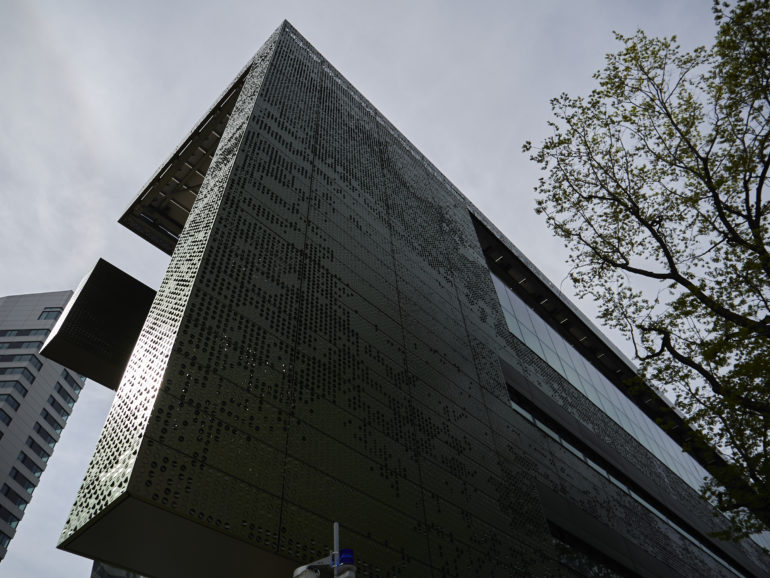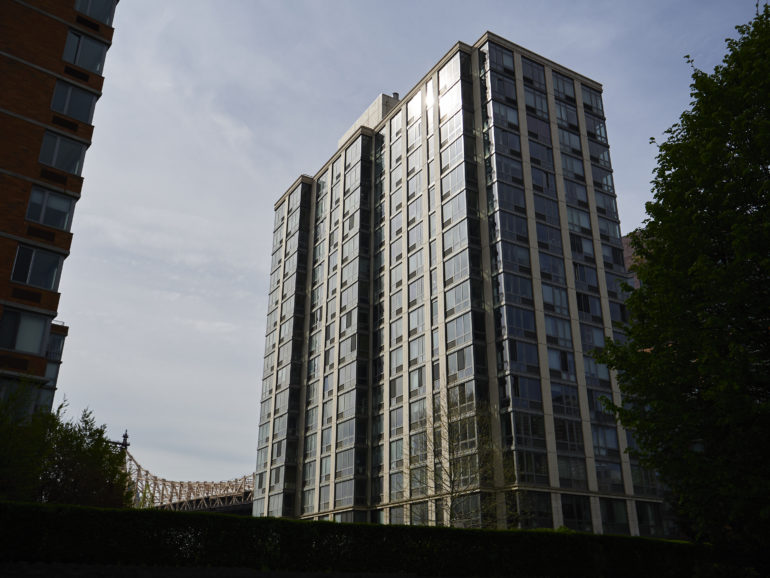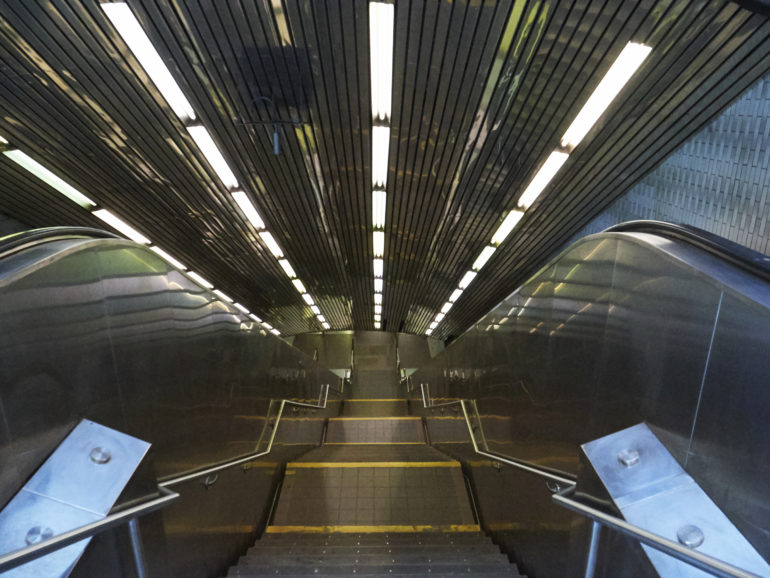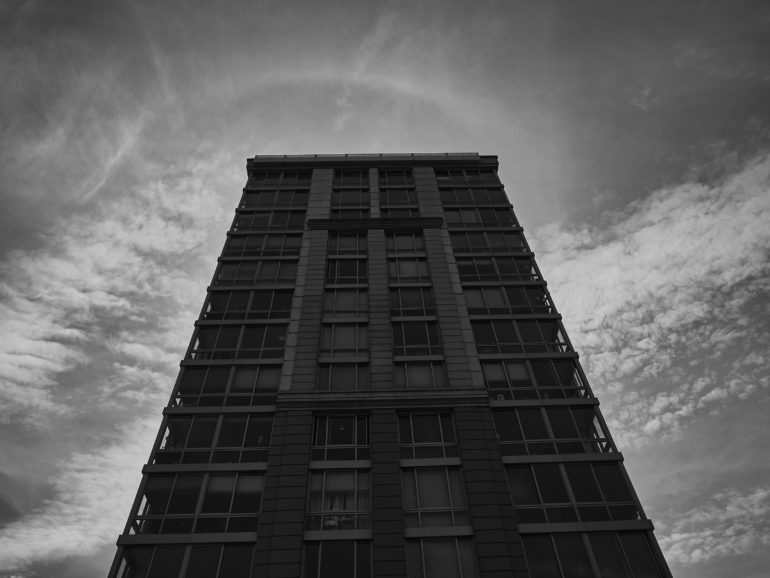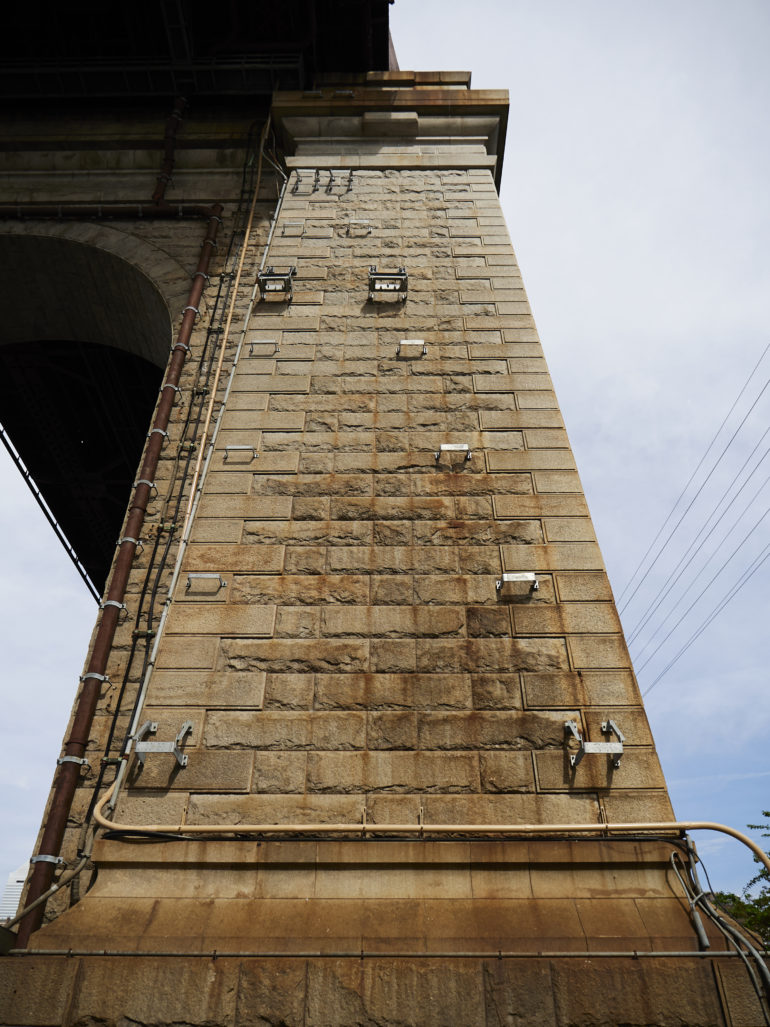Last Updated on 11/11/2021 by Chris Gampat
The Panasonic 12-60mm f2.8-4 Power OIS lens is a pretty good option, but is it a professional one?
When the Panasonic 12-60mm f2.8-4 Power OIS was announced with a number of other variable aperture lenses, I was very confused. Why would Panasonic make a lineup of lenses with variable apertures and target them at professional photographers? Many pros want constant aperture lenses. Granted, these lenses are a bit longer than most professional zoom lenses, and as I saw over a period of time, the performance is also really up there. The Panasonic 12-60mm f2.8-4 Power OIS is weather sealed, sharp, fast to focus, provides quite a bit of extra (and much needed) stabilization, and feels great in the hand. When it comes to working with Micro Four Thirds, it also means you generally never need to stop the lenses down due to depth of field.
With all this in mind, I’m still not quite certain that I understand the lens.
Table of Contents
Pros and Cons
Pros
- Weather sealing
- Fast focusing
- Image stabilization
- Sharp image quality
Cons
- I wish it were constant aperture. That would be some really true innovation.
Gear Used
Tech Specs
Specs taken from Adorama
- 24-120mm 35mm camera lens equivalent
- Durable splash and dustproof-sealed body
- integrated LUMIX Power Optical Image Stabilization (O.I.S) and LUMIX Dual I.S. camera compatibility
- The perfect choice for exceptional photo and videocapture
- Lens Mount: Lens Mount: Micro Four Thirds
- Mirrorless: Zoom: Focal Length: 12-60mm
- Maximum Aperture: Maximum Aperture: f/3.5-5.6
- Special Features: Aspherical, Weather Resistant
- Image Stabilization: Image Stabilization: Yes (OIS)
- Lens Type: Wide Angle Zoom Lens
Ergonomics
With the Panasonic 12-60mm f2.8-4 Power OIS you’ve got a number of controls and options. There is the zoom ring, the focusing ring and then you’ve got the clear markings on the body.
When the Panasonic 12-60mm f2.8-4 Power OIS is at its widest, the lens is also at its most compact. When zoomed in all the way, it nearly doubles in size. Throw the lens hood on there too and it more than doubles. Crazy, huh?
On its side there are two main control switches; one is for autofocus and the other is for OIS control. When throwing the lens/camera in my bag and going to shoot, I never had an issue with the switches accidentally being deactivated from a setting I didn’t previously want.
Build Quality
The Panasonic 12-60mm f2.8-4 Power OIS has weather sealing built in. That’s a nice addition. On top of that, the exterior feels really nice in the hands despite its smooth finish. There are grooves on the focus and zoom rings which surely do help with gripping the lens in something like a rainstorm. I’m confident that, when it comes to the build quality, it will exceed the expectations of many professional photographers if they don’t care about the variable aperture.
Ease of Use
The Panasonic 12-60mm f2.8-4 Power OIS has two switches on it: AF/MF and OIS: that’s about it. You have nothing more to worry about when using it except that the aperture will change through the range. Keep this in mind if you’re in Aperture Priority. If you’re shooting in manual mode, then compensate accordingly. Otherwise, just affix it to the camera body and let it shoot.
Autofocus
On both the Panasonic GH5s and Olympus EPL9, the Panasonic 12-60mm f2.8-4 Power OIS focused quickly. In some cases, this lens focused more accurately and faster than some of Olympus’s own lenses. It was rare that I couldn’t rely on this lens’ autofocus capabilities. To that end, I should state that for fast moving objects it was still able to keep up due to the depth of field when shooting wide open at f2.8. Having the DOF equivalent of f5.6 on a full frame camera will surely help.
Image Quality
During my tests, I was rather surprised by what the lens is capable of. It’s super sharp and I’ve got no qualms here. I also really enjoy the colors, the lack of most chromatic abbreviations, keeping the distortion down low, etc. It’s also capable of delivering bokeh, but this might be its weakest point.
Bokeh
Yes, the Panasonic 12-60mm f2.8-4 Power OIS can deliver bokeh with its close focusing abilities. But for what it’s worth, I didn’t like the look of the bokeh. I’ve seen much better from Panasonic’s prime lenses. In general, I tend to prefer primes for their bokeh than zooms.
Chromatic Aberration
In my tests, I didn’t find any sort of issues in regards to fringing. Of course, there is distortion on the corners but that can be fixed easily in Capture One or Lightroom. You also just need to expect this with Micro Four Thirds.
Color Rendition
One of my favorite things about the Panasonic 12-60mm f2.8-4 Power OIS is how the colors are rendered. I found it consistent with both Olympus and Panasonic. The colors are exactly what you’d want if you’re a Canon shooter and love things like great skin tones.
Sharpness
The sharpness on the Panasonic 12-60mm f2.8-4 Power OIS is really top notch for what the current sensors are capable of doing. It’s often said that both Olympus and Panasonic over-engineer their lenses, but testing those comparably to Sony and Fujifilm is difficult to do.
Extra Image Samples
Conclusions
Likes
- Image quality
- Weather sealing
- Autofocus
Dislikes
- Variable aperture
Even after all this time, I still don’t think I fully understand the Panasonic 12-60mm f2.8-4 Power OIS. It’s a nice lens in every single respect, but I’m not sure I’d pay almost $1,000 for it. If I were still heavily invested in the system, I’d have two constant aperture zooms, a number of primes and that’s it. It can surely be used for professional grade work, but I’m not sure I’m ever going to fully understand why Panasonic created it.
The Panasonic 12-60mm f2.8-4 Power OIS receives four out of five stars.




